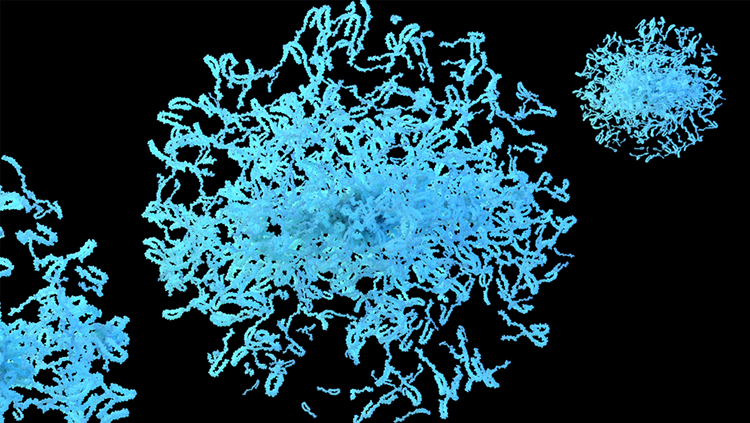Sonic Hedgehog Leads Nerves Around
- Published23 Jul 2019
- Author Charlie Wood
- Source BrainFacts/SfN

Just after a young limb buds out from a developing body, nerves follow. Eventually, they’ll fill the arm or leg — all the way down to the digits — with fibers to let it feel and move. But the nerves don’t go it alone. Like other elements of the growing limb, they rely on molecules called morphogens to find their way.
One such molecule, a protein called Sonic hedgehog, helps the otherwise blind nerves tell the thumb side of the limb from the pinky side. Genes pump out Sonic in one place, and then it naturally spreads out, thinning along the way as seen in these glowing tendrils in this image. Areas with more Sonic repel nerve tendrils, while areas with less call to them — letting nerves know which way is “up,” so to speak.
CONTENT PROVIDED BY
BrainFacts/SfN
References
Kolpak, A., Zhang, J., & Bao, Z.-Z. (2005). Sonic hedgehog has a dual effect on the growth of retinal ganglion axons depending on its concentration. The Journal of Neuroscience: The Official Journal of the Society for Neuroscience, 25(13), 3432–3441.
doi: 10.1523/JNEUROSCI.4938-04.2005
Tickle, C., & Towers, M. (2017). Sonic Hedgehog Signaling in Limb Development. Frontiers in Cell and Developmental Biology, 5, 14–14. doi: 10.3389/fcell.2017.00014
Also In Genes & Molecules
Trending
Popular articles on BrainFacts.org


















